The relationship between nations or organized nation groups can be affected by physical geographic factors. Physical geographic factors may include geographic landforms (such as mountains, deserts, or water) and their location, size, or even shape. The natural resources of a nation may also be considered physical geographic factors. These physical geographic factors can impact the way nations interact with each other.
![]() The geographic location of a nation determines how one nation interacts with other nations. For example, the Sahara Desert is a physical geographic feature that divides the continent of Africa into two regions, North Africa and Sub-Saharan Africa. Click on the map to see the regions.
The geographic location of a nation determines how one nation interacts with other nations. For example, the Sahara Desert is a physical geographic feature that divides the continent of Africa into two regions, North Africa and Sub-Saharan Africa. Click on the map to see the regions.
The countries of North Africa have natural resources and share economic ties with most of the oil producing countries of the Middle East. The vast desert prevents substantial trade with Africa’s Sub-Saharan countries.
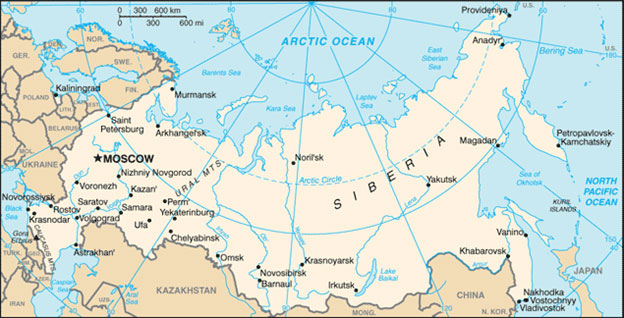
The location of Russia also affects international relationships. With more than 17 million square kilometers (approximately 16 million sq. km land and nearly 1 million sq. km water), Russia is the largest country in the world. Russia, formerly known as the Soviet Union, extends from Eastern Europe to the Northern Pacific in Asia. As a member of two continents, Russia has ties to both.
Despite being the largest country in the world, most of the country lacks the proper soil and climate for agriculture. As a result, Russia must import goods from its trading partners in both Europe and Asia.
The country of Afghanistan is a poor, landlocked country in Southern Asia with a history of invasions by powerful nations.
![]() Look at the map below and click on Afghanistan (the shaded area).
Look at the map below and click on Afghanistan (the shaded area).
Analyzing the map - According to the map, which countries border Afghanistan? Why are relationships between Afghanistan and its neighboring countries important? Answer the questions in your notes, and thenInteractive popup. Assistance may be required.
Afghanistan is bordered by China, Iran, Pakistan, Tajikistan, Turkmenistan, and Uzbekistan.
Afghanistan is landlocked by powerful countries with very diverse cultures, which has led to conflict throughout the country's history. In 1973, a civil war ensued in Afghanistan when the King was overthrown and replaced by a government that was supportive of the Soviet Union. In 1979, the Soviet Union led an invasion on Afghanistan that lasted until 1989. Afghanistan was supported by several countries, including the United States, Saudi Arabia, and the United Kingdom.
During this invasion, Afghanistan’s outnumbered and ill-equipped mujahideen (holy warriors) fought against the Soviet troops. Eventually, the Soviet Union withdrew its troops in 1989.
Carefully look at the physical map of Afghanistan below and answer the question that follows in your notes.
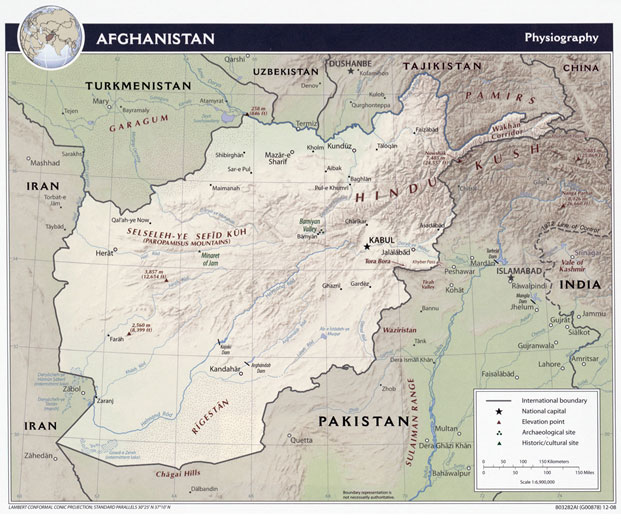
What geographic feature contributed to the success of the mujahedeen against the Soviet troops?
Interactive popup. Assistance may be required.


Read more about Afghanistan here: Afghanistan.
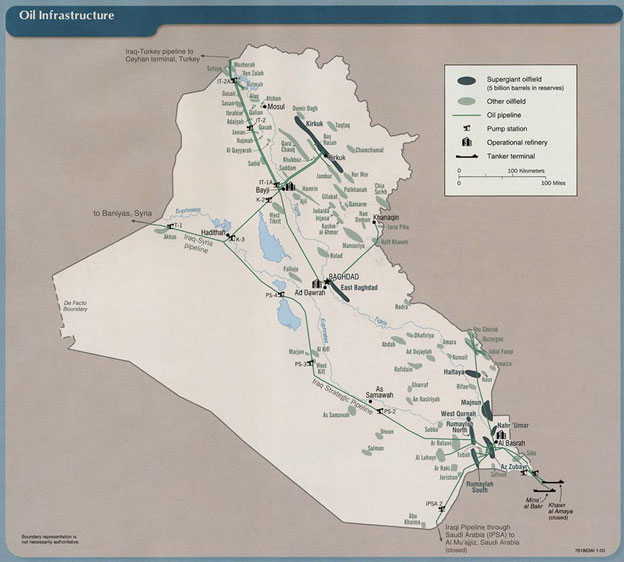
The economies of many nations depend on various resources that are critical to the needs of its people. Resources such as fuel, water, or minerals are necessary in most nations. As a result, the nations that control these resources become more powerful.
Crude oil, for example, is one of the most important resources in the world. Many countries in the Middle East have economies based on oil production. In Iraq, for example, crude oil accounts for 84 percent of its exports.
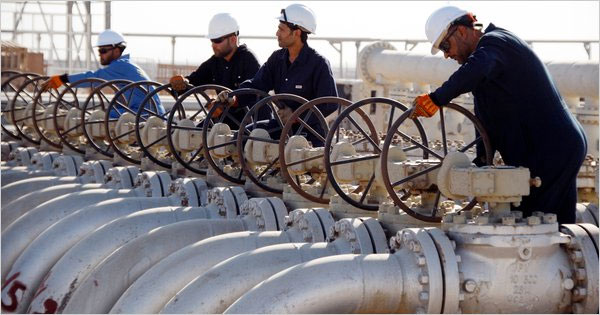
Picture of workers at the West Qurna oilfield in Iraq, the country’s second biggest oilfield producing up to 2.8 million barrels a day
As Iraq increases its oil production, its importance to the global economy also increases. Iraq’s global status has improved, making it one of the most sought out trading partners in the world. In order to purchase oil from Iraq, countries must build relationships with this nation.
From 2003 to 2011, the United States was engaged in an armed conflict with Iraq. The conflict stemmed from Iraq’s refusal to allow United Nations’ inspectors access to sites where weapons of mass destruction were suspected of being produced. U.N. inspectors were advised to leave Iraq. The United States then led a coalition of other countries in a surprise attack on the nation.
After eight years of intense combat and heavy casualties, the United States left Iraq and transferred power back to the Iraqi government in 2011. The new government has since experienced a boom of success in oil production.
![]() Watch the video below to see how this industry is impacting Iraq.
Watch the video below to see how this industry is impacting Iraq.
Source: Scramble for Iraq’s oil wealth, LatestNewsPlatform, YouTube
After watching the video, answer the following questions in your notes.
Interactive popup. Assistance may be required.
The United States is the largest trading partner of Iraq oil.
Interactive popup. Assistance may be required.
Iraq buys weapons from the United States.
Interactive popup. Assistance may be required.
The countries of China and Turkey are also major trading partners in the oil industry in Iraq.
The size of a nation can impact relationships between nations. Nations that are larger in size may have more resources and the potential for a larger population that can lead to more power than that of a smaller nation.
With more than 1.3 billion people, China is the most populous country in the world. China is also the fourth largest country in the world in terms of land.
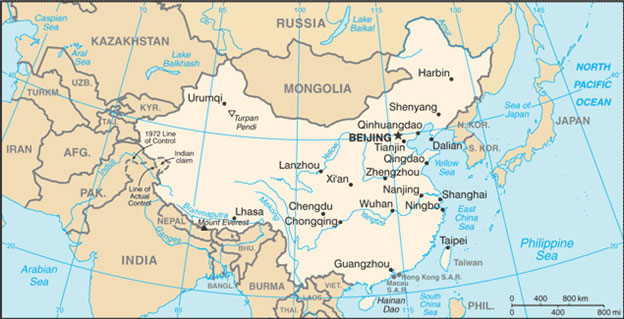
In 2010, China became the world’s largest exporter of items such as clothing, electronics, and toys. China is also the world’s leader in both agricultural and industrial output. China has a labor force of nearly 800 million people, the largest in the world.
The combination of a large population and a large landmass contribute to China’s dominance in the world’s economy.
Sources for images used in this section, as they appear, from top to bottom: